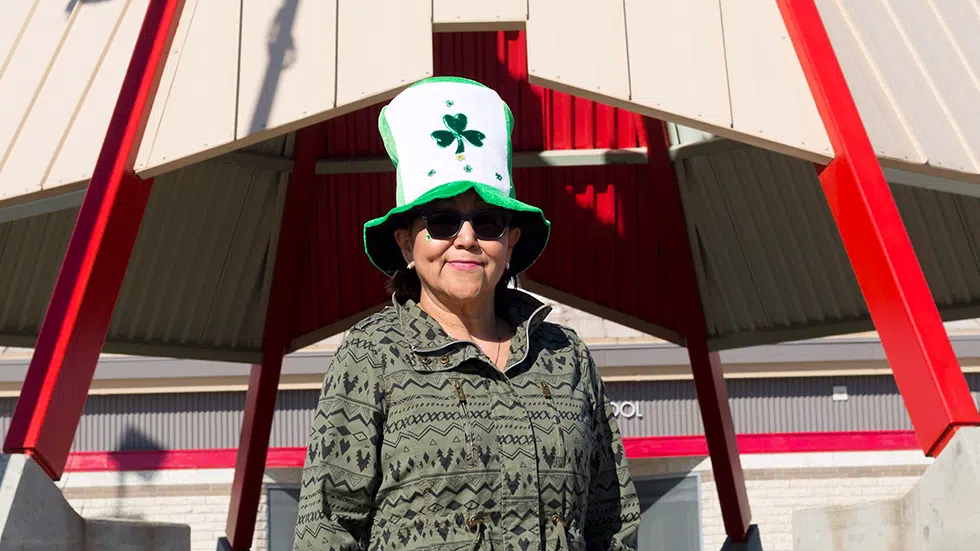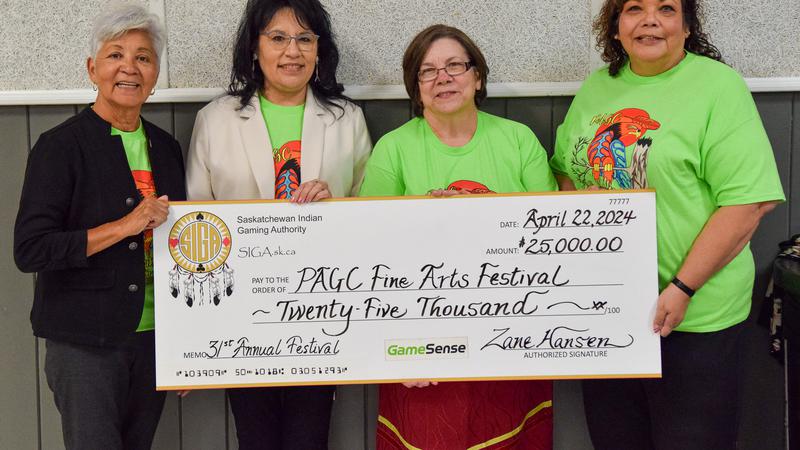
Surviving the ’60s scoop: Dolores Templeton’s story
Indigenous children taken from their families in often questionable apprehensions and placed in the foster system, are the survivors of a particularly dark portion of Canadian history called the ’60s scoop.
Provincial governments routinely placed these children in non-Indigenous homes with little regard for cultural teachings. This loss of identity, and often loss of close family, affects survivors like Dolores Templeton today.
“I want everybody to know out there that the ’60s scoop was real, and it still affects a lot of people,” Templeton said. “Especially around here, it seems to me no one wants to come out and talk about it so I took it upon myself to do this.”
For Templeton, the ’60s scoop left some very real damage which she still deals with to this day.


